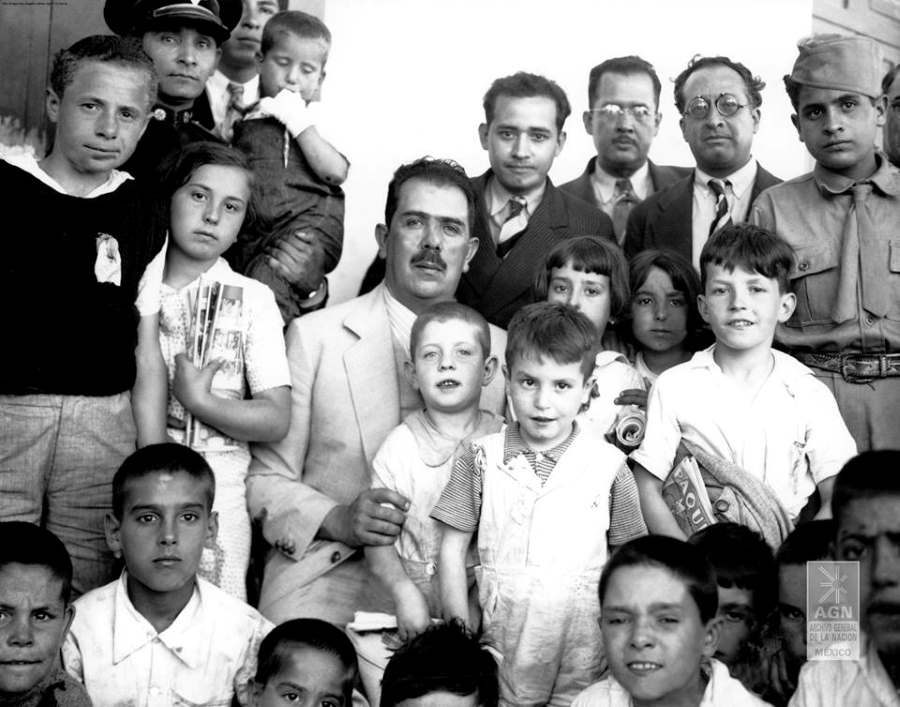How Spanish Exiles Transformed Mexico
Fleeing Franco's fascist Spain, 25,000 exiles found refuge in Mexico. Led by President Cardenas' open arms, these intellectuals reshaped Mexican education, cinema, and philosophy. Their legacy lives on in universities and archives.

In 1936, during the run-up to World War II, Spain was plunged into civil war following a coup d'état against the democratically elected government of the Second Republic. The coup was led by the army commanded by Francisco Franco, and was backed by the governments of Adolf Hitler's Nazi Germany and Benito Mussolini's fascist Italy. Despite intense resistance from the republic, Franco's troops managed to secure victory in 1939, which led to the establishment of a dictatorship that provoked a great exodus of Spaniards who sought refuge abroad.
Mexico stood out as one of the main receiving countries of Spanish exiles. President Lázaro Cárdenas implemented a policy of international solidarity: political asylum. As a result, around 25,000 exiles found refuge and settled in various regions of the country. The Cárdenas government recognized the democratic and legitimate election of the Second Spanish Republic, a position shared with the Soviet Union and Cuba, which marked a notable difference regarding the Non-Intervention Pact to which several European nations subscribed.




